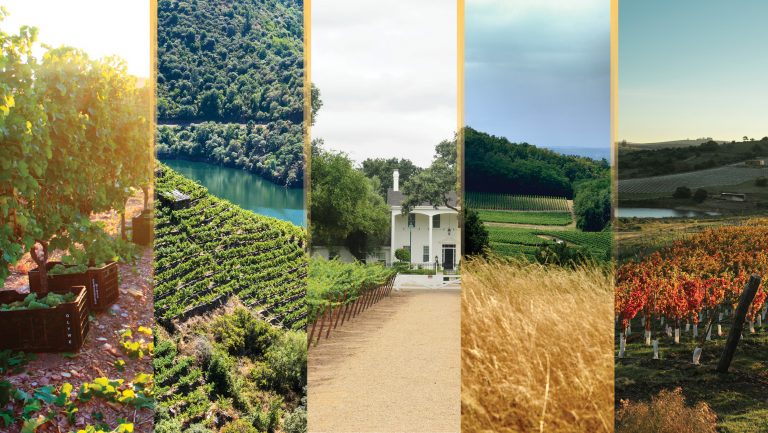Marco Polo, Alexander Dumas, Anton Chekhov, and John Steinbeck are just a few travelers to Georgia who returned home to write of the country’s stunning beauty, remarkable people, delicious food, and distinctive wines. Until recently, though, few in the U.S. wine trade even knew where Georgia was. Now, and seemingly out of nowhere, Georgia has become a dream destination for many in the trade.
There’s a lot of ferment in this country whose winemaking tradition has been continuous over 8,000 years. The Georgian wine industry is in a period of rediscovery, renewal, and growth.
In fact, one could say that Georgia is suffering from a serious case of “wine fever”—seemingly everyone wants in on the game. In 2006 there were roughly 80 registered wineries, but by 2018, the number had ballooned to 961—and more are popping up. As wineries proliferate, the trade is growing along with them. The Wine and Spirits Education Trust, for instance, now offers regular classes within the country. And Georgians are training as professional sommeliers, winemakers, and winery tour guides, and there are increasing numbers of classes for consumers.

Don’t miss the latest drinks industry news and insights. Sign up for our award-winning newsletters and get insider intel, resources, and trends delivered to your inbox every week.
According to Levan Davitashvili, a former chairman of the National Wine Agency of Georgia and the current minister of Environment Protections and Natural Resources, Georgia lost 96 percent of its export market following its war with Russia in 2008. Ever since, the country has followed a full-court press to diversify its target markets. Now, with the Russian ban on Georgian wine lifted, Russia remains by far Georgia’s top customer (in volume though not value). Ukraine, Poland, Kazakhstan, and China are also dominant markets.
Today, Georgia exports to 53 countries, and as of June 2019, its National Wine Agency reports that sales to France, Israel, the Netherlands, and Canada have increased by double digits. The U.S., one of Georgia’s strategic markets, saw imports for the first six months of 2019 increase by 88 percent over those for the same period in 2018. (A country of only 3.7 million people, Georgia exported a total of 86.2 million bottles in 2018, a 30-year record high.)
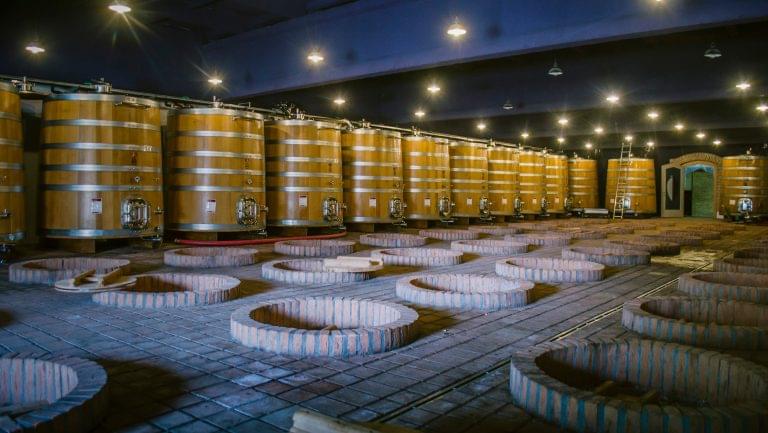
Georgia’s Diversity of Wine Is Its Strength
Georgia has at least 430 indigenous grape varieties, but until recently, commercial production concentrated on only a select few. An intense desire to resurrect the country’s diverse natural heritage is leading producers to plant more “old” varieties, many that had almost been forgotten.
For now, Georgian wines come in a variety of styles that are made mostly in stainless steel—designed to provide an easy entry into Georgian wine for those who normally might opt for Pinot Grigio or a Cabernet Sauvignon but are open to wines from more far-flung places. In this category, producers Marani (Telavi Wine Cellar), Shumi, Tbilvino, Vaziani and Vinoterra offer well-made wines from the Rkatsiteli, Mtsvane, Kisi, and Saperavi grape varieties.
Each of these wineries also produces semi-sweet red wines from the Khvanchkara and Kindzmarauli appellations, in western and eastern Georgia, respectively. Intended to be drunk when young and vibrant (even with a bit of a chill), these wines are characterized by a fruity, sweet attack that’s immediately freshened by nearly imperceptible tannin and bright acidity. With flavors of dark forest fruits and spice, they finish clean, not sticky, and can be a surprising match with intensely flavored, spicy cuisine. Although most of the Georgian wines shipped to the U.S. are dry, these sweet and semi-sweet wines constitute 70 percent of the country’s wine production. Of this number, 30 percent are produced from state-designated appellations, or PDOs (Protected Denomination of Origin).
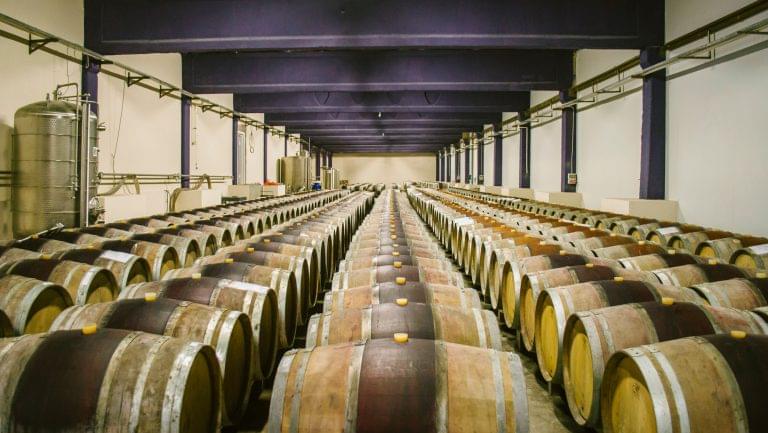
Kvevri, Georgia’s Calling Card Wine
In a classic instance of the tail wagging the dog, Georgia is known by many people for kvevri wines, which are fermented (and sometimes aged) in clay vessels—its namesake kvevri—that are often buried underground.
Representing only 1 percent of all Georgian wines, kvevri wines themselves come in different styles. There are dry red wines made from Saperavi and other red grapes, such as Otskhanuri Sapere and Tavkveri, but it’s the amber wines, produced from white grapes fermented in kvevri with skins and sometimes stems, that have become Georgia’s calling card.
These wines are characterized by a completely different flavor and texture profile from other Georgian wines and therefore merit designation as a distinct wine style. The skin contact deepens and adds complexity of flavor. The tannins form a significant part of the wine’s structure, offering freshness, oxidative strength, and sometimes even finesse to the finished wine. The best of these wines can join the ranks of “meditation” wines, as they evolve in the glass over time; some bottles continue to bloom beautifully over several days. Alapiani Marani, Marani Casreli, Ghvardzelashvili, Makashvili (owned by Vaziani), Orgo, Qvevris (by Tbilvino), Tchotiashvili, and Togonidze are just a handful of the producers to look for.
Georgia also produces a variety of off-dry wines, whether they’re a result of abbreviated fermentations (stopped naturally with the arrival of winter and colder ambient temperatures) or are deliberately crafted for this style. Pét-nats are also a fashionable trend here; leading producers are Gotsa and Lapati Wines, but also look for wines from the producer Ori Marani. Ori Marani’s Bastien Warskotte, originally from Champagne, married a Georgian, Nino Gvantseladze, and set up shop north of the capital of Tbilisi. His traditional-method sparkling wines are still aging sur lattes, but his tasty pét-nats will keep you sated while you wait. (He crafts some delightful still wines as well.)
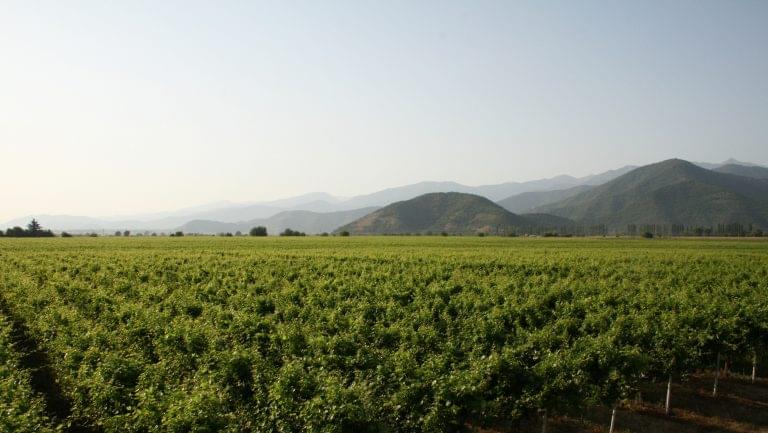
What Accounts for the Recent Success of Georgian Wine?
The importer Chris Terrell of the eponymous Terrell Wines, works primarily with small, family producers that adhere to the “natural” manifesto. He reports a growing awareness of Georgian wines. Several wine buyers agree that the natural-wine movement and interest in clay-fermented and skin-contact wines have provided tailwinds for the country’s offerings (even wines made conventionally).
Considering the immense labor involved in making these wines and their relative scarcity (many producers make only a few thousand bottles, not cases), Georgian wines are a bargain. While some can be had for under $15 retail, the majority of wines made in kvevri run between $18 and $30. Tara Hammond, a partner at the importer Black Lamb Wine in Oakland, notes that “the more interesting and original wines are usually found between $20 and $40 on the shelf.”
What makes Georgian wines successful in a shop or a wine list is critical mass. “You need there to be a serious presence,” says Alex Alan, who built a formidable list when he was a partner and beverage director at Freek’s Mill in Brooklyn, New York. “One or two wines alone will get lost. You want to make a statement that you stand behind these wines and know they offer diversity and deliciousness. Second, for a restaurant, the section should be strategically placed so it’s not an afterthought.”
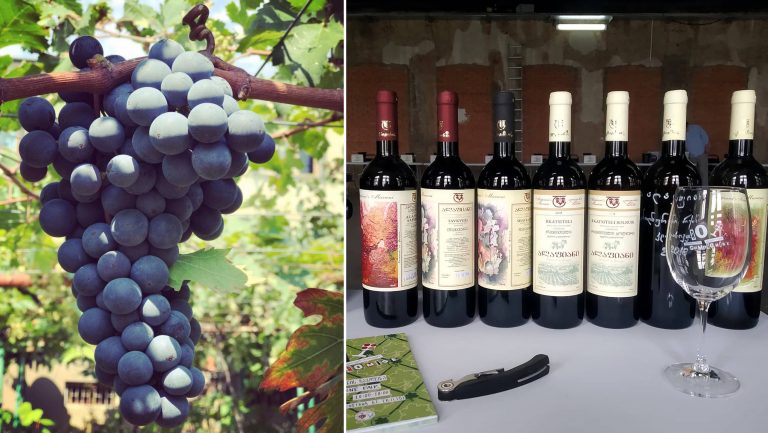
Maria Rust, the wine director at Somm Time wine bar in Manhattan, thinks that telling Georgia’s story is crucial. “The wines are well priced and have a real sense of place,” she says. “[Our staff knows] why we have [Georgian wines] and explains them in an accessible way. We offer a taste, and nobody ever sends them back—guests actually get excited about them.”
Jeff Berlin, the wine director of À Côté in Oakland agrees; his staff is adept at conveying the personal stories of Georgians, which consumers find “captivating.”
“So many times our guests at the restaurant have tried kvevri wines and found them too harsh or intense for their liking,” says Berlin, “and then a few weeks later they return to try [them] again because they couldn’t quite shake their effect.”
On the other hand, he stresses the importance of presenting these wines with food and in the right context. “A bottle of Rkatsiteli that spent six months on the skins can be abrasive and overwhelming without the sour, sweet, bitter, savory, and salty [flavors] of a table full of food,” Berlin says. “That same Rkatsiteli suddenly drinks fruitier and sweeter when [paired] with a nice pungent and salty cheese.”
Getting the wines into restaurants and shops can be a challenge, however. “The lack of awareness about Georgian wine and the fact that they are relatively new to the market means that even wine professionals can find them perplexing,” explains Hammond. In particular, there’s no name recognition as with classic European wine regions.
Educating both professionals and consumers, as well as conveying excitement about the wines is key but not difficult. “Nowhere else have I witnessed such a sacred relationship with nature, wine, family, ancestors, and spirit,” says Berlin of Georgia. Though he loves classic and obscure wines, he says, “there is something about wine from Georgia that touches a deeper part of my soul than all the others.”
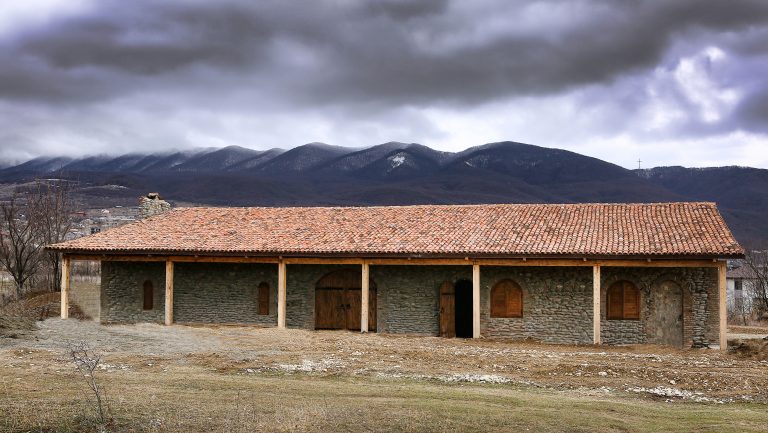
What To Expect in Georgia’s Next Stage of Growth
In the short term, more wines from Kartli—the province where Tbilisi is located—will be arriving in the U.S. next. Indigenous white varieties like Chinuri and Goruli Mtsvane, and the red varieties Tavkveri and Shavkapito, are en route. Winemaker Iago Bitarishvili’s Chinuri is already iconic, but more selections from Alapiani and newcomer Tevza will add to the range. The Tavkveri and Shavkapito wines are a bit lighter in style than the strapping, muscular Kakhetian Saperavis. Tavkveri, especially, is lightly earthy, with crisp acidity and frisky tannins.
Expect more indigenous varieties from Kakheti (the main wine-producing province), including grapes that were largely wiped out by phylloxera 100 years ago but are now being replanted. Look for the white Chitistvala and Mtsvivani, as well as the red varieties Jghia and Simonaseuli. Jghia is shy in anthocyanins and tannins, so the wine is a bit of a welterweight, with rustic cherry and berry flavors. Simonaseuli is more deeply colored, with high-toned cassis aromatics, and is capable of longevity. These lighter reds will break Saperavi’s monopoly on shop shelves and wine lists.
And in time, slowly, we’ll see more wines from western Georgia. Growing conditions there are cooler and more humid; accordingly, the grape varieties produce lighter, fresher wines. White wines have traditionally been fermented only with skins, not stems, and macerated on the skins for a shorter period, so the tannic grip is barely perceptible. Among the western whites, there will be more blends of Tsolikouri with Krakhuna and Tsitska, and sometimes mixed with the red Otskhanuri Sapere. Tiny volumes of Mgaloblishvili (a light, juicy red) are just appearing. Soon to come will be other western reds, such as Ojaleshi and Chkhaveri, as well as others that almost didn’t survive phylloxera: Koloshi, Jani, and Skhilatubani. Among the western producers, look for wines from Baia and Gvanca Abuladze, Archil Guniava, Lagvinari, Phersvi, and Vartsikhe Marani.
Georgia has emerged from its 8,000-year history, perhaps unexpectedly, to become a dream destination for wine lovers interested in expanding their appreciation of additional non-European noble grape cultivars, through history and culture. Increased tensions this summer with Russia have upped the ante. It’s perhaps more important than ever for people to visit the country—to drink Georgian wines, to taste the soul, the history, the song. Maybe more people will even call the country by its natively recognized name: Sakartvelo. And to that we say, Gaumarjos!

Dispatch
Sign up for our award-winning newsletter
Don’t miss the latest drinks industry news and insights—delivered to your inbox every week.
Lisa Granik, MW, became a Master of Wine in 2006. She earned a BS and MS in Foreign Service from Georgetown University, a J.D. from Georgetown, and an LLM and JSD from Yale Law School. She serves on the governing council of the Institute of Masters of Wine and the advisory board of the Women in Wine Leadership Symposium, and was previously a board member of the Institute of Masters of Wine (North America), from 2007 to 2018. She is currently completing a book on the wines of Georgia.





